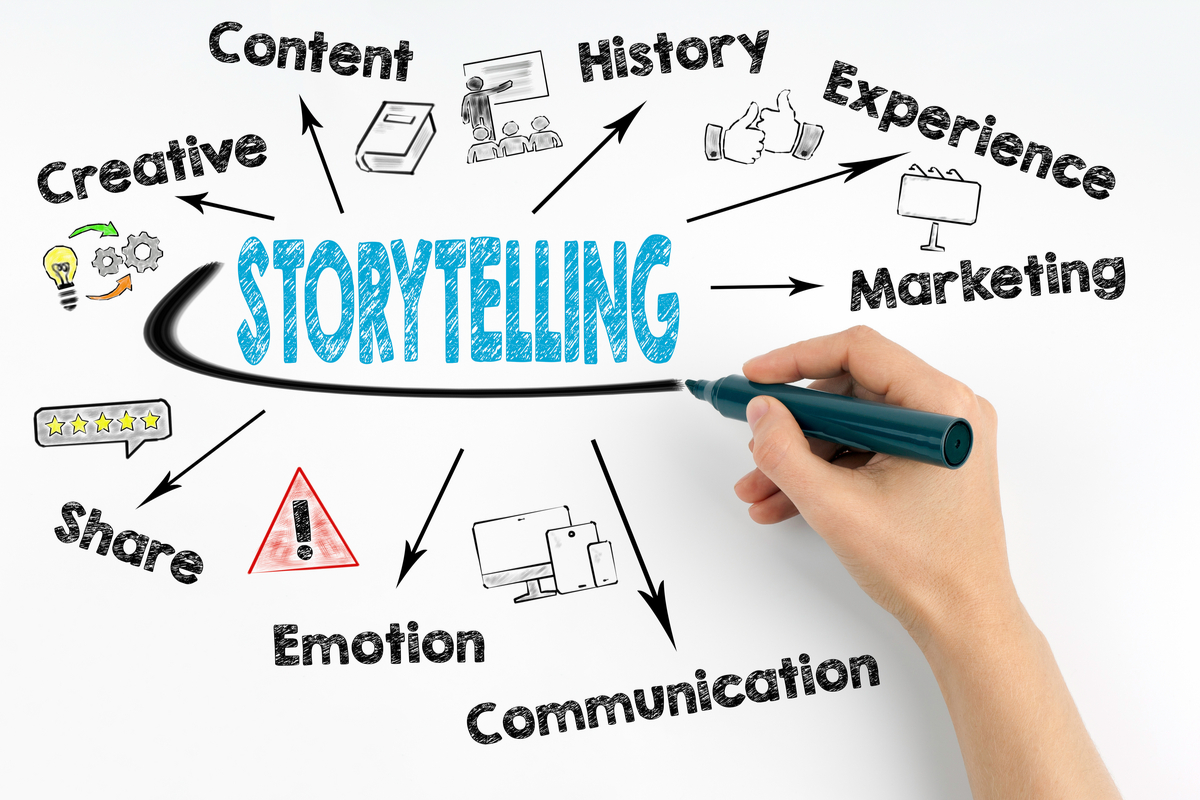
FAQ About Storytelling
Storytelling
2 years ago | gizem
What are some common storytelling techniques?
Storytelling techniques are tools and methods that writers and creators use to effectively convey their narratives. Here are some common storytelling techniques:
- Flashback: Interrupting the chronological sequence of events to show a scene from the past, providing context or backstory.
- Foreshadowing: Hinting at future events or outcomes, creating anticipation and intrigue for the audience.
- Clichés and Subversion: Using or intentionally subverting well-known tropes to either engage the audience's expectations or surprise them.
- Metaphor and Simile: Comparing one thing to another to enhance description and create vivid imagery.
- Dialogue: Using character conversations to reveal personalities, conflicts, and advance the plot.
- Monologue or Soliloquy: Allowing a character to speak their thoughts aloud, often revealing their internal conflicts.
- Narrative Hooks: Starting the story with an attention-grabbing moment or question to draw readers in.
- Irony: Presenting a situation in which the outcome is the opposite of what's expected, creating dramatic or comedic effect.
- Suspense: Delaying the revelation of crucial information or events to build tension and keep the audience engaged.
- Red Herring: Introducing a misleading clue or detail to divert the audience's attention from the real solution or outcome.
- Unreliable Narrator: Presenting a narrator whose credibility is questionable, leading to differing interpretations of events.
- Symbolism: Using objects, actions, or characters to represent deeper meanings or themes.
- Multiple Points of View: Telling the story from the perspectives of different characters, offering diverse insights into events.
- Stream of Consciousness: Presenting a character's thoughts and feelings in a continuous flow, often mirroring the character's inner experience.
- Epistolary Format: Telling the story through letters, diary entries, or other documents that characters create within the narrative.
- Dream Sequences: Using dreams to explore a character's subconscious or to foreshadow events.
- Parallel Storylines: Interweaving multiple storylines that run concurrently and may intersect at certain points.
- In Media Res: Starting the story in the midst of action, then filling in background information through flashbacks or dialogue.
- Economy of Words: Using concise and powerful language to convey information and emotion efficiently.
- Narrative Distance: Choosing how close the narrative voice is to the characters and events, affecting the reader's emotional connection.
- Repetition: Using repeated words, phrases, or motifs to emphasize themes or create a rhythmic effect.
- Juxtaposition: Placing two contrasting elements side by side to highlight their differences or create a new meaning.
- Pacing Variations: Alternating between fast-paced and slow-paced scenes to maintain reader engagement and control tension.
- Descriptive Language: Using vivid and sensory-rich descriptions to immerse readers in the story's world.
- Inner Monologue: Revealing a character's internal thoughts and feelings, offering insights into their motivations and conflicts.
